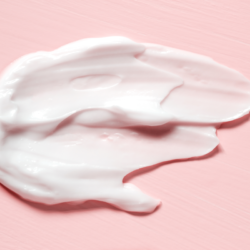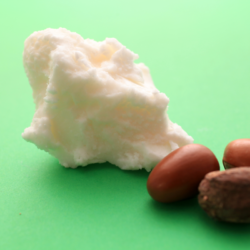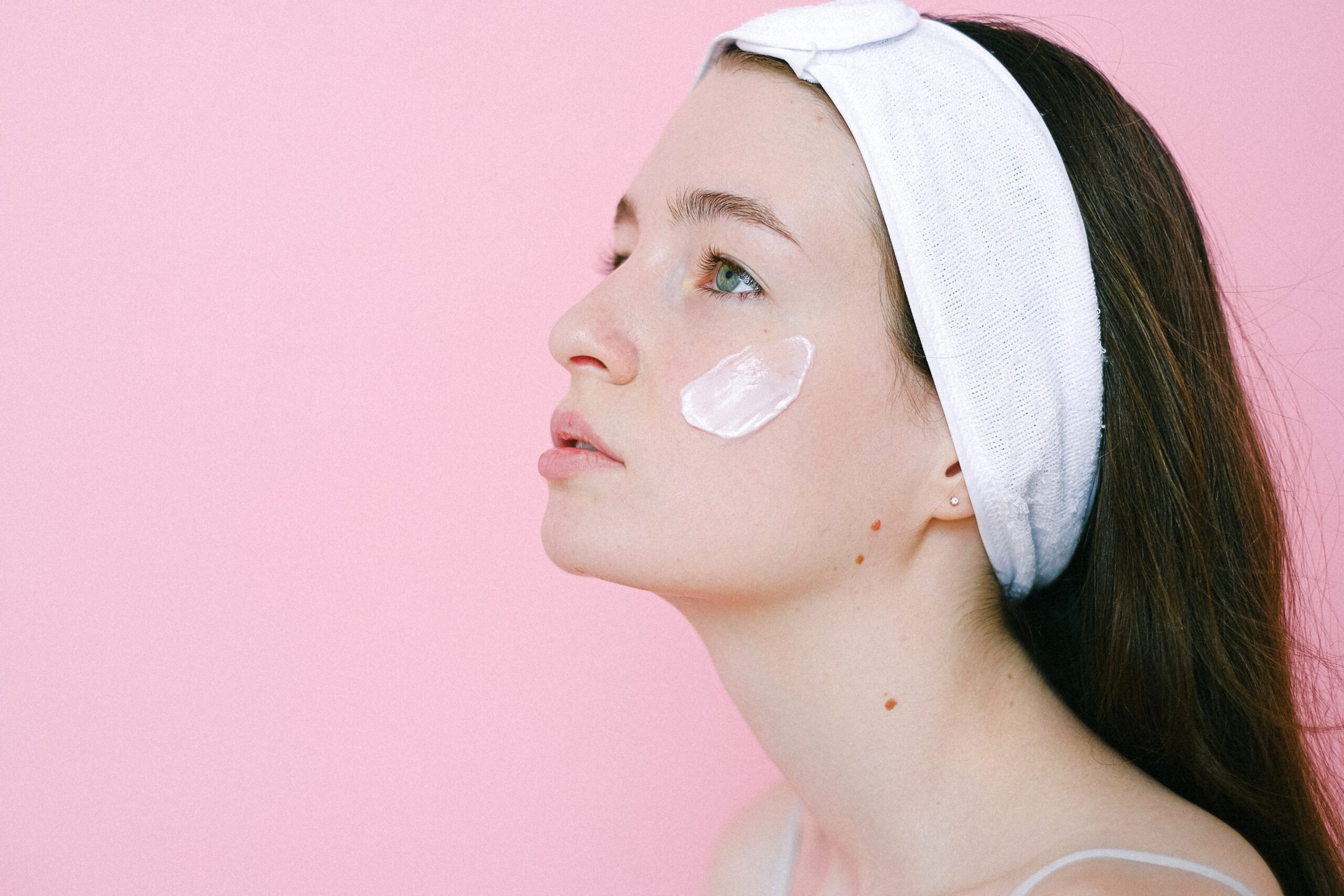When we wear even a little make-up, we feel bolder and more confident. Giving our face a glow, adding a little colour to our complexion, brings a sense of fulfilment. However, a a successful makeover requires the right products to suit the condition of our skin. When we have dry skin, our face tends to be tight and even flaky. So instead of having a flawless complexion, plump lips and sparkling eyes after make-up, we often end up with a sunken look, almost cracked-looking epidermis, chapped lips and tired eyes. In this article, find out how to care for your dry skin and which make-up to choose.
Skin care and make-up go hand in hand!
Glowing skin requires daily care, and dry skin needs more attention than other skin types. In fact, for this type of skin, the aim is not just to moisturise, but to nourish it deeply and protect it from external elements. From cleansers to skincare products, choose products that can restore the skin barrier, the protective layer that keeps skin healthy and radiant.
A good skincare routine for dry skin
Start by gently removing make-up with a fatty acid-enriched cleansing oil. You can then remove excess oil with a gentle hydrosol such as the floral waters of Chamomile or Orange Blossom floral waters. An organic, detergent-free cleansing foam will also do the trick. After this gentle cleansing, nourish your skin and strengthen its cutaneous barrier. To do this, alternate between day care day care, serums and night care, as well as moisturising eye and lip care. The key is not to skip a step and, above all, always opt for rich creams. In addition, remember to exfoliate and apply a moisturising mask once a week.
By scrupulously following this beauty ritual, your skin will regain the moisture, suppleness and elasticity it needs to support radiantly beautiful make-up. It’s important to know how to apply make-up according to your age.
Make-up
Once you’ve adopted your beauty routine and started moisturising, it’s time to apply the art of make-up made in Soin & Nature!
Complexion
Opt for a tinted moisturiser or BB cream to boost hydration and enhance your complexion. If you’re more of a foundation person, avoid compact or powder foundations. Instead, opt for cream-based foundations. Glow foundations are best for dry skin.
A healthy glow
To ensure a flawless complexion, give your cheeks a rosy glow with a blush. Of course, cream or gel textures are best. However, if your skin is sufficiently moisturised, there’s nothing to stop you opting for an airy powder blush. The same applies to creams and bronzing powders. However, always keep a light hand at this stage.
The eyes
Dress up your eyes with liquid eyeliner and eye shadow. Powder, cream, glowy or matte, the advantage of having dry skin is that eye make-up is easy to apply and, above all, doesn’t run. For perfect doe eyes, you can choose the mascara that suits you best. Length, volume, curled lashes… you decide the effect you want.
The mouth
Apart from the daily application of nourishing balms, dry, chapped lips need regular exfoliation. Ban matte reds from your make-up bag. Glosses and tinted balms will be your best friends from now on. Creamy lipsticks enriched with moisturising active ingredients are recommended.
Dermatological discoveries: Treating dry skin with science and nature
To enrich our understanding of skincare for dry skin, it’s essential to refer to recent scientific studies. These provide relevant insights into the most effective ingredients and formulations for treating this type of skin.
A landmark study published in Skin Pharmacology and Physiology (2011) explored the role of botanical extracts in dermocosmetics for dry skin. This research revealed that certain extracts, such as Aloe vera, birch bark and rose oil, are particularly beneficial in strengthening the skin barrier and stimulating keratinocyte differentiation. These ingredients have been shown to increase skin hydration and reduce transepidermal water loss (Source: PubMed)
A 2020 study published in the Journal of Dermatological Treatment highlights the importance of physiological lipids and humectants in emollient formulations for dry skin. The researchers concluded that the inclusion of these components is crucial for restoring the correct composition and organisation of the stratum corneum, which is often impaired in dry skin. (Source: PubMed)
These scientific results support our previous recommendations concerning the choice of products for dry skin. By favouring formulations enriched with botanical extracts and emollients containing physiological lipids, we can offer more appropriate and effective solutions for our readers and customers.
The selection of cosmetic products for dry skin should therefore be based on this scientific data. We encourage you to explore our range of products, carefully selected to meet these criteria, and to read on for further advice and tips.





